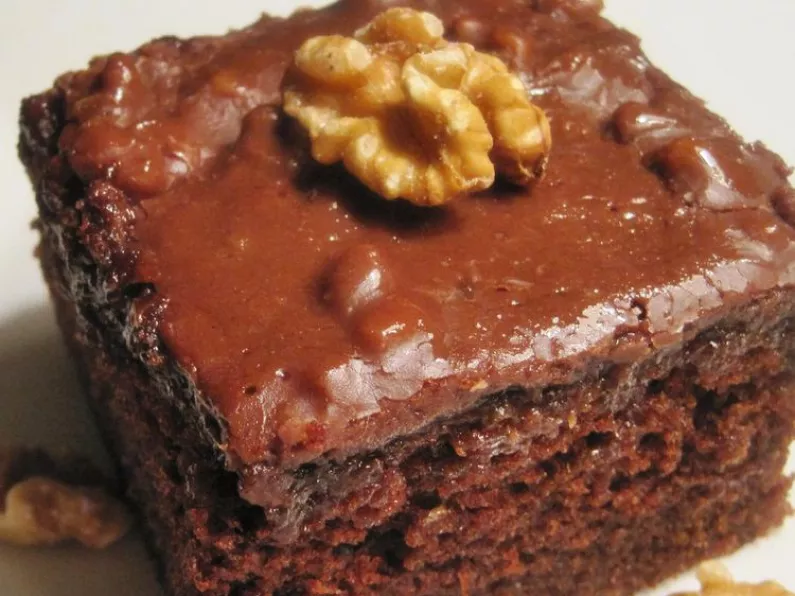Weaning, the process of moving your baby from milk to solids, is a huge milestone for both mom and baby.
Until generally six months of age, your baby has only ever tasted milk and water.
It's normal to be a little nervous and apprehensive (and even a little emotional that your baby is growing up!)
But rest assured that the weaning journey is all about baby steps.
The early days
Those early days are really only about teaching baby to swallow food and introducing them to a whole new world of tastes and textures.
Most (but not all) of your baby's nutritional needs will still be met by your milk.
Purees vs baby-led weaning
How you approach your weaning journey is completely up to you.
But it is important to remember that infant feeding in general, either via baby-led weaning or spoon feeding, poses a potential safety risk and should be done with close supervision and after appropriate education and consultation with your healthcare provider.
But you'll either choose:
- spoon feeding soft, runny purees
- baby-led weaning, where your baby feeds themself right from the start. And that means no spoons or purees, just soft, easy to hold adult food
- a mixture of both.
If you choose the baby-led approach, ensure you speak to your healthcare provider about the risks and the safest way to do it.
7 tips for weaning your baby
Once you've chosen your approach, it's time to get going. And here are 7 key tips.
- Get kitted out: It's a good idea to have your weaning kit prepared. A high chair for baby to sit in, a suction bowl so baby can't throw it on the ground, a wearable bib that goes on like a coat, a blender if you are going to spoon feed purees, and a baby spoon.
- Keep calm: Yes, weaning can be nerve-wrecking. But you can't show your baby that you're nervous. They need to see that mealtimes are fun and enjoyable. It's easy to worry about how much food they're actually swallowing in the beginning because a lot of it is spat out or thrown on the floor. But remember, most of their nutrients are still coming from your milk. And remember to be patient with foods. One, two, or even three refusals don't mean it's permanently off the menu. According to the experts, it can take eight to 10 attempts for your baby to accept certain foods or tastes.
- Start slow: Your baby isn't sitting down to a 5-course meal. They'll actually be consuming as little as a teaspoon of solids in the beginning. The food is more to teach them how to swallow and to get used to a wide variety of tastes and textures, rather than to fill them initially. So it's best to start slowly with just one solid meal a day and increase that gradually.
- Eat together: This seems obvious, but it's easily overlooked in the madness. Your baby will learn how and what to eat from you. They'll also pick up important table manners and learn that mealtimes are for family to gather together around the table.
- Always think variety: The larger the variety of food you give your baby from the beginning, the better. Expand their palette and this will help make them less fussy as they get older. If you're doing spoon feeding, you can keep it simple with fruit and vegetable purees and some optional breast milk added. You can even cook purees in large batches and freeze in small amounts. And if you're doing baby-led weaning, you can steam vegetables, take the skin off fruits like grapes, and make sure you chop foods finely to prevent choking. One thing to remember is that although variety is key, it's important to introduce one food at a time so you can spot if your baby has a reaction to a particular food.
- Create a routine: Babies thrive on routine and this will be vital for weaning success. Try to ensure they eat in the same place, let them recognise their bowl and their special bib, and stick to specific times for solids vs milk.
- Introducing allergens: As scary as this sounds, it's vital to introduce foods that can trigger allergic reactions from early on. But make sure to introduce them one at a time and in very small amounts, so that you can spot any reaction. These foods include:
- cows’ milk
- eggs
- nuts and peanuts (serve them crushed or ground)
- seeds (serve them crushed or ground)
- soya
- shellfish (don't serve raw or lightly cooked)
- fish
Stuck for ideas?
NESTUM® Infant Cereals are a great idea for your weaning baby because they’re made from wholesome natural grains with vitamins and minerals to help meet your baby’s nutritional needs – and they’re delicious and super-easy to prepare.
They contain probiotics which help maintain a healthy gut flora and support their immune system, and are packed full of iron to support neurodevelopment and iron deficiency. Also NESTUM infant cereals contain the vitamins and minerals your growing baby needs for normal growth and development.
You can begin by visiting your healthcare professional for advice and then you may decide to try the rice starter cereal and move up to Oats & Rice to start the gentle introduction of gluten after rice that is gluten free.
And you’re guaranteed a happy baby, which means happy mom!
Check out the range here.










